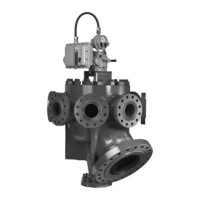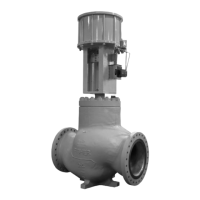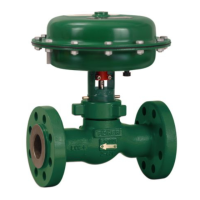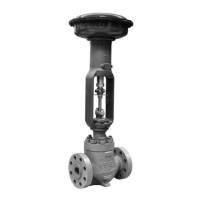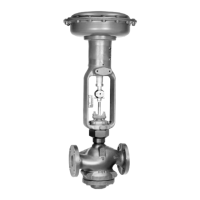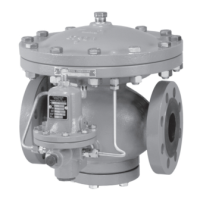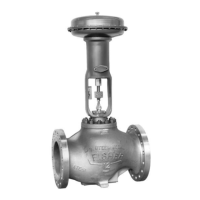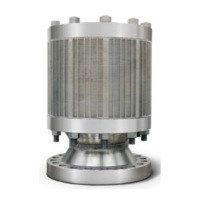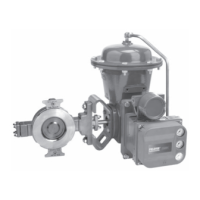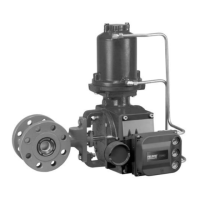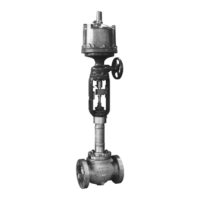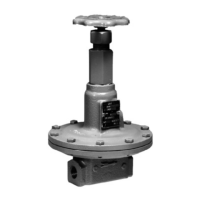FloBoss 407 Instruction Manual
2-10 Rev 5/00
The FloBoss 407 termination board has four I/O module connectors (also called slots) to accommodate
a variety of I/O modules. The four plug-in I/O modules allow any combination of discrete inputs (DIs),
discrete outputs (DOs), analog inputs (AIs), analog outputs (AOs), or pulse inputs (PIs) an application
requires. I/O modules should not be used for flow inputs on a Measurement Canada FloBoss 407.
When installed, optional surge protection devices (lightning protection modules) protect the built-in and
modular input channels from voltage transients. These devices replace the field wiring terminal blocks,
providing terminations for connecting the I/O wiring to the FloBoss 407. See Appendix A for more
information about the lightning protection modules.
The COM1 terminal block on the termination board provides wiring access to a built-in EIA-232 serial
interface.
If the FloBoss 407 processor board has an optional communications card installed, the COM2 terminal
block on the termination board provides wiring access for the communications card. Depending on the
type of card, this port allows the FloBoss 407 to connect to a radio, to public, leased, or customer-
owned telephone lines, to another device via serial communications. The termination board has a
bracket to hold an RJ11 connector for communications cards that provide a telephone line hook-up.
For installations using radio communications, battery power can be conserved by cycling power to the
radio. The radio power is controlled by either the DTR signal (COM2 only) or a discrete output
module. Radio power cycling can be implemented for COM1 and COM2. Refer to the ROCLINK
Configuration Software User Manual for detailed information.
The MVS port on the termination board allows the FloBoss 407 to communicate directly with a Multi-
Variable Sensor (MVS). The MVS is a flow monitoring device that collects temperature and pressure
data, making it available to the FloBoss 407 through this specialized serial port. This port can function
as a multi-drop port for installations with as many as four MVS units connected to the FloBoss 407.
Refer to Appendix B for details on the MVS.
The operator interface connector provides direct communications between the FloBoss 407 and the
serial port of an operator interface device such as a notebook computer. The interface allows you
access to the FloBoss 407 for configuration (using the ROCLINK software) and for transferring stored
data.
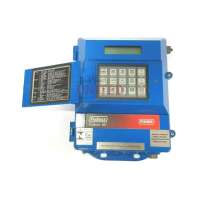
